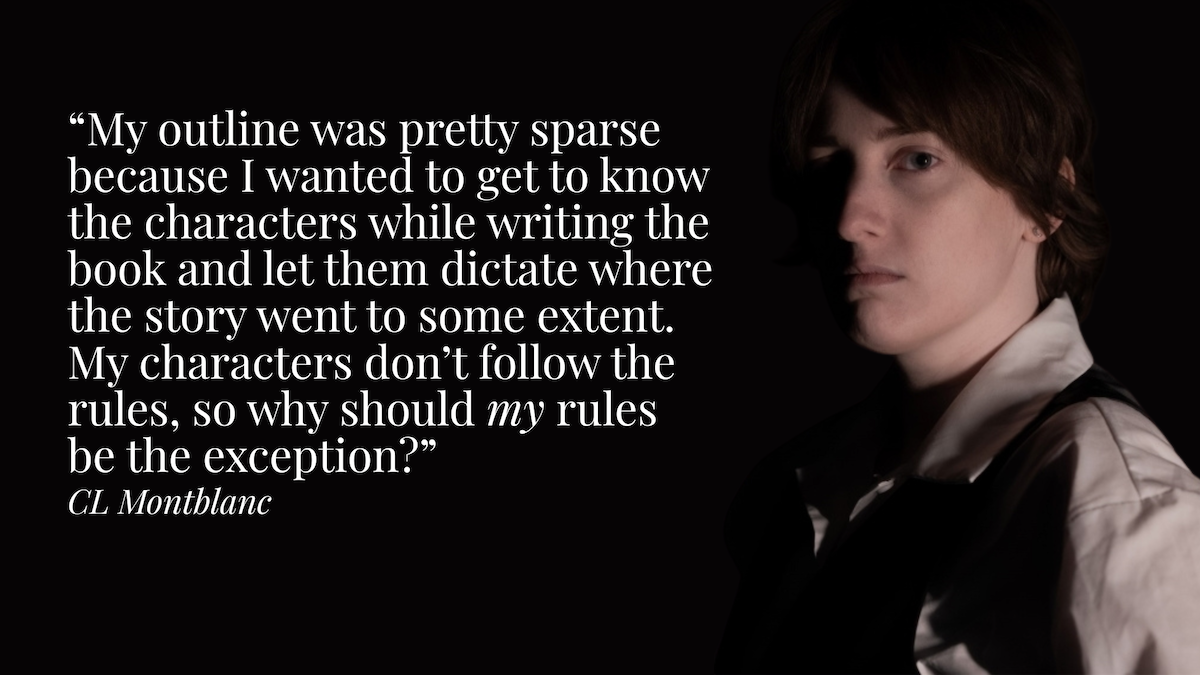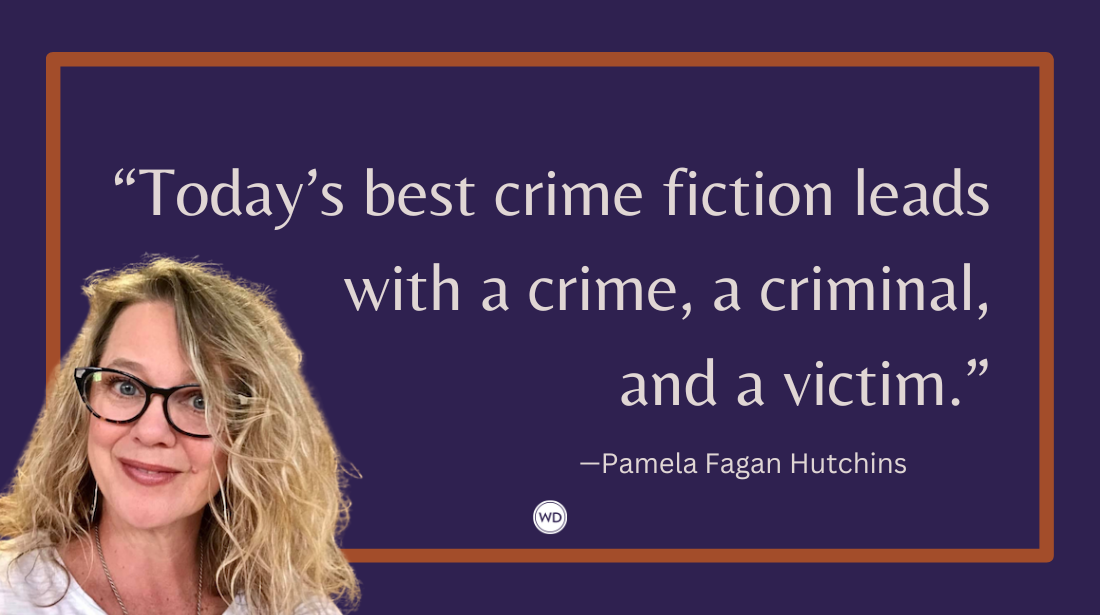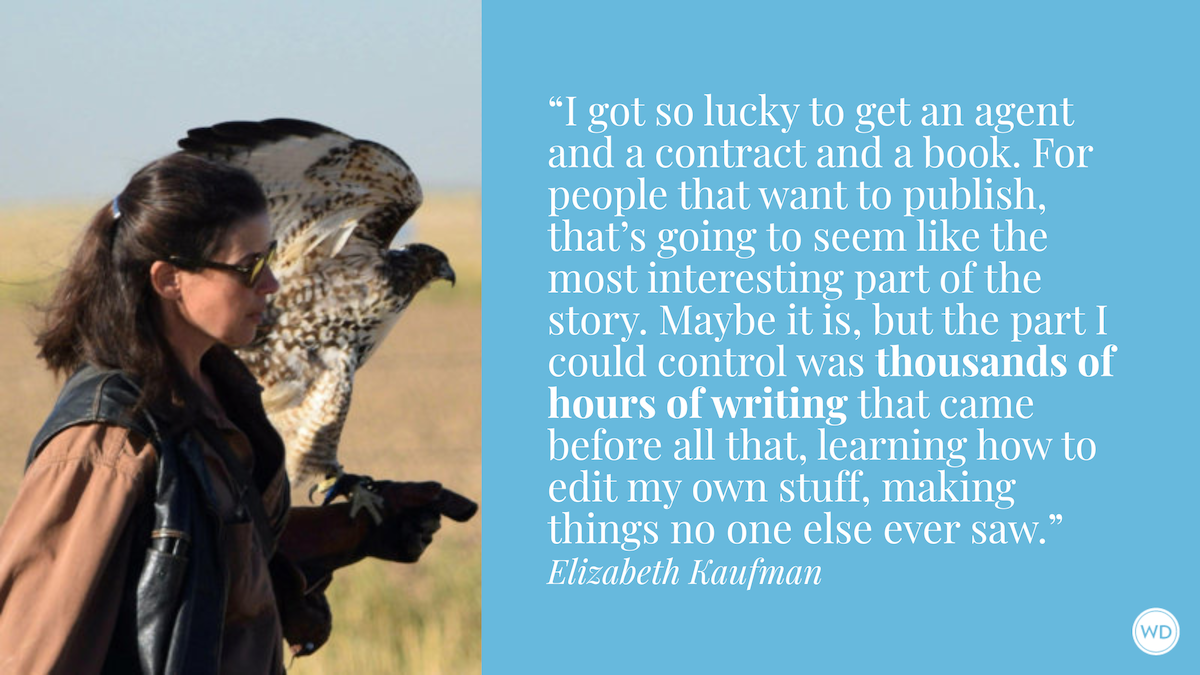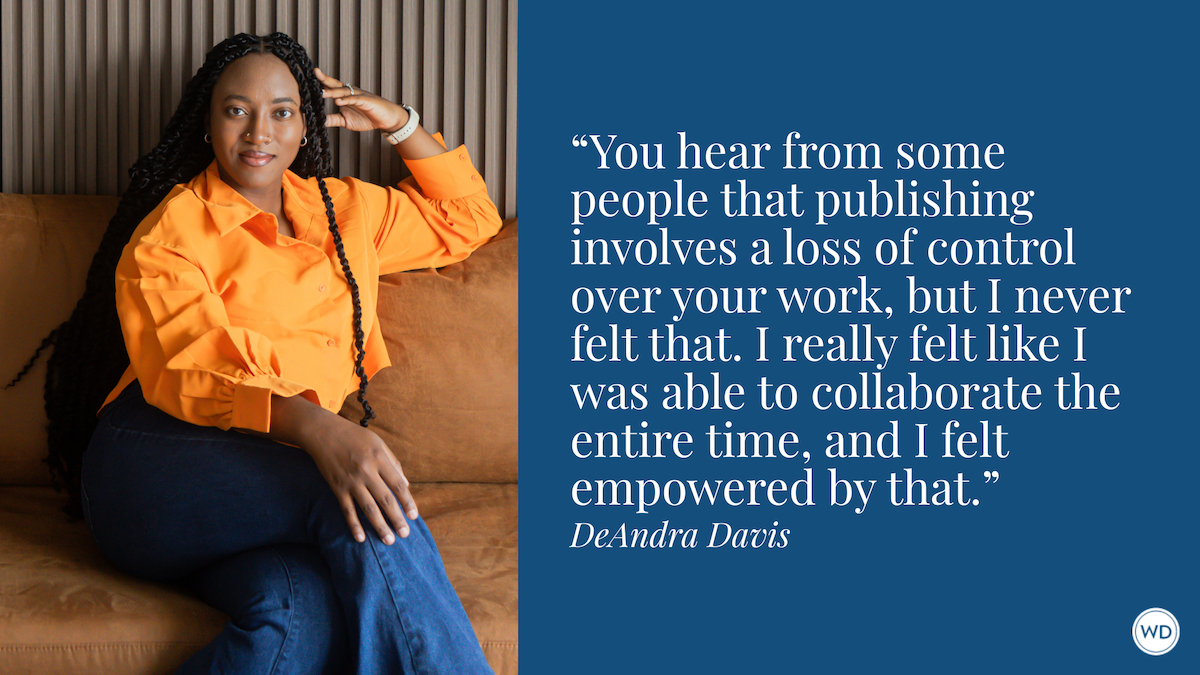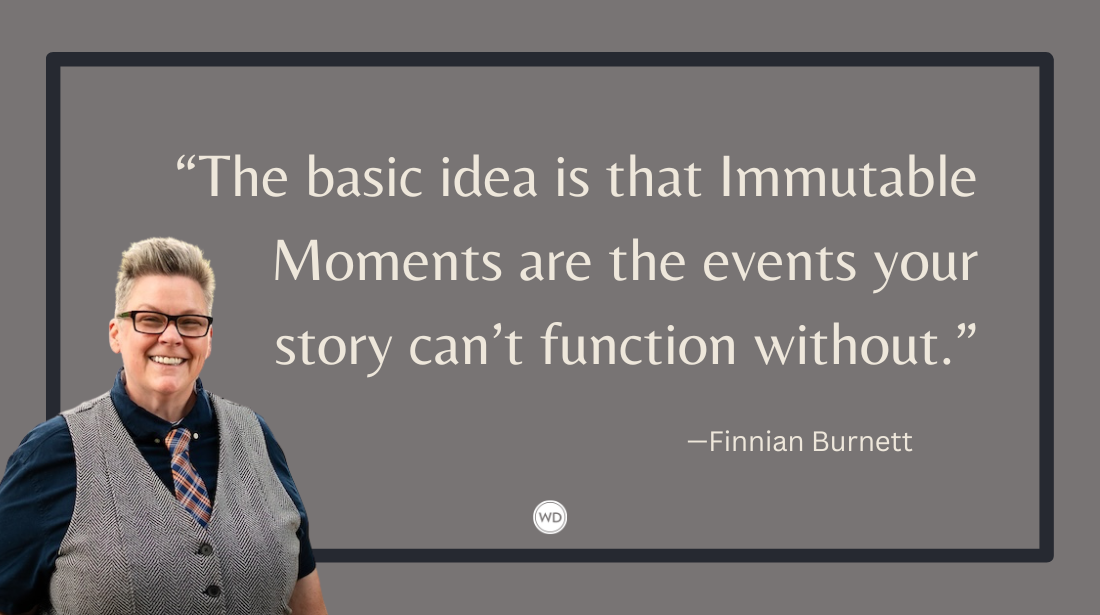How To Plot Your Way Through Writing a Novel Series
If you think plotting would help your writing process but aren’t sure how to start, look no further. Author Soraya Lane shares how to plot your way through a novel series.
Many years ago, my long-suffering editor asked me a very simple question: “Do you plot?”
I proudly replied that I was a “pantser”—in other words, someone who preferred to write by the seat of their pants rather than plot. She sighed before gently suggesting that perhaps I should give detailed plotting a try.
Over the following months, I slowly came to grasps with this plotting business, and discovered two things: Plotting is incredibly difficult if it doesn’t come naturally, but also that plotting can be learned. With the help of my editor, I slowly became an obsessive plotter, eventually creating a chapter-by-chapter detailed outline of every novel before starting.
Let me preface this by making it clear that I always had a plan. I’ve always loved writing blurbs and short proposals, and I’ve always started a new book knowing what was going to happen along the way. I just didn’t have a plan for how I was going to get there. Now when I start writing a new novel, I have a detailed road map to follow, which clearly maps out everything I need to do along the way.
You might be wondering how this relates to writing a series. Well, it turns out that plotting is even more important when there are multiple books involved!
As a writer of a series, you have so much to keep track of. There are multiple characters, plot points, and settings, as well as a connection to maintain between each book. I can honestly say that if I hadn’t trained myself to plot and plan in a very detailed manner, I would never have been able to create The Lost Daughters series, which spans eight books.
So where should you start? Well, for me, I began by creating an overarching theme, which I turned into a short blurb. This is essentially the type of blurb you might read on the back of a novel. That then became my master theme—every book had to relate to that overall mission statement, which in my case was essentially a shared backstory that each novel (and main character) would relate to.
Then, I set about creating my characters. I know many authors use various writing software such as Scrivener (which I’m told is amazing) but I personally just sit down with pen and paper. My only trick is that I use one of those brilliant pens that can be rubbed out! Before that I always used pencil so I could easily erase something that wasn’t working.
My plotting of The Lost Daughters was a hot mess to begin with, with pages and pages covered in scribbled notes, but I knew that the only way the series would work was if I had each book planned out before I began. In my case, each story is divided between the past and the present, which meant creating two entire casts of characters for each story. Across eight books? That was 16 full casts of characters! This means working out what the backstory is for each main character—who are they, where have the come from, how do they relate to the overall theme of the series? And then also, how do the characters in the past relate to the characters in the present?
Once I had a handle on my characters, I moved on to the bigger plot points, and most importantly I worked out the pacing of the past vs. the present. To do this, I simply completed a full chapter-by-chapter outline, first in the past and then in the present. I find it easier to flesh out each story individually like this, and then I number each chapter to check my pacing. For me, this means flipping through my pages of notes and working out how to interweave the historical chapters through the contemporary storyline, putting a chapter number beside each one. This allows me to see whether I have the balance right, and although it might be hard at first, the more you do this, the more instinctual it will become.
Plotting in such a detailed way can be frustrating in the beginning, and to be honest it’s taken me years not to resent the time I have to spend plotting and planning before jumping into the actual writing of the book. When an idea is shiny and new, all I want to do is start writing, but by taking the time to plot, it makes the entire writing process so much smoother. For me, I found that it increased my writing speed once I had a detailed map to work from, and it also reduced the amount of time I was having to spend on structural edits. I often share my detailed outline with my editor if I need feedback, and it’s so much easier to make changes to a chapter-by-chapter outline than it is to a finished manuscript!
So even if plotting sounds like torture, take it from this author that sometimes it’s worth the pain! Especially when you’re attempting to write a series.
Soraya Lane graduated with a law degree before realizing that law wasn't the career for her and that her future was in writing. She is the author of historical and contemporary women's fiction, including the #1 Kindle bestselling novels The Last Correspondent and The Secrets We Left Behind. Soraya lives on a small farm in her native New Zealand with her husband, their two young sons, and a collection of four-legged friends. When she's not writing, she loves to be outside playing make-believe with her children or snuggled up inside reading.



